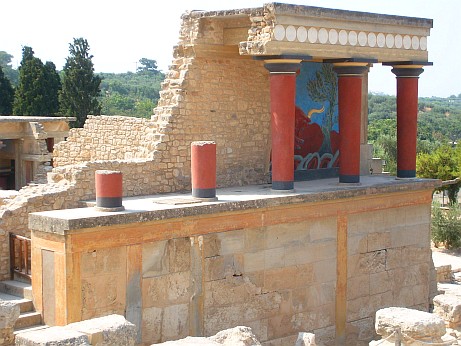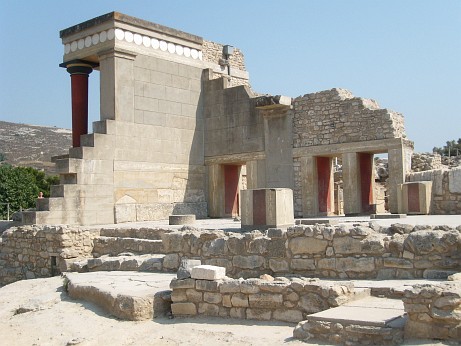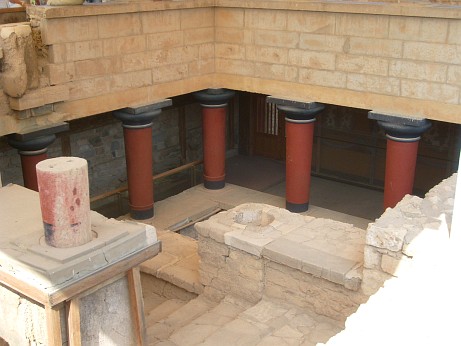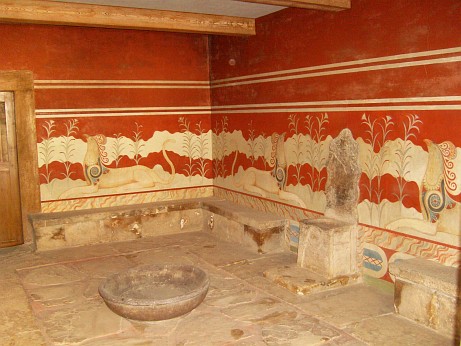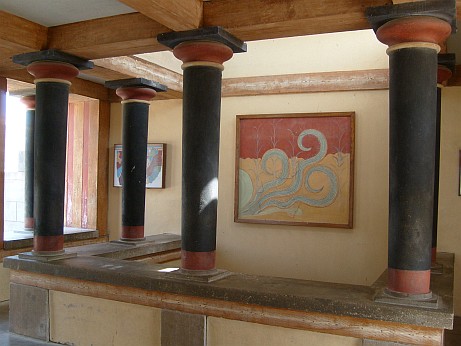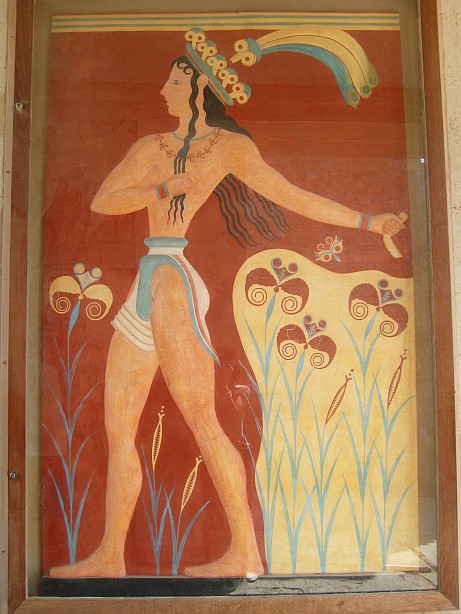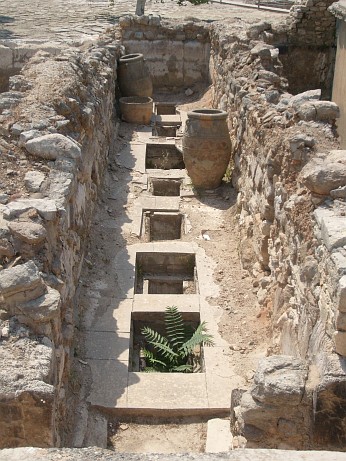EUROPE - KNOSSOS: ancient Minoan capital
The site has had a very long history of human habitation, beginning with the founding of the first Neolithic settlement...
The palace of Knossos and the Minoan Civilization thrived in the Bronze age (roughly 3,000 BC- 1,100 BC) within the Aegean. The product of early Phoenician settlement upon Crete, the Minoans hosted three great palaces known as Knossos, Kato Sakro (also known as Phaestos), and Mallia. Of the three great palaces, none surpasses the exquisite palace of Knossos.
The palace of Knossos and the Minoan Civilization thrived in the Bronze age (roughly 3,000 BC- 1,100 BC) within the Aegean. The product of early Phoenician settlement upon Crete, the Minoans hosted three great palaces known as Knossos, Kato Sakro (also known as Phaestos), and Mallia. Of the three great palaces, none surpasses the exquisite palace of Knossos.
The palace held within its walls a central court yard, numerous rooms and corridors, a throne room, large baths, a large courtyard, enormous storerooms, some craft workshops, the administrative chambers, and an intricate plumbing system.
PHOTO GALLERY
http://www.eu.cyberdusk.pl/press/thumbnails.php?album=44
PHOTO GALLERY
http://www.eu.cyberdusk.pl/press/thumbnails.php?album=44
Knossos Palace
characteristic Minoan columns
Throne Room
Throne from which the Throne Room was named.
The centerpiece of the "Mycenaean" palace was the so-called Throne Room or Little Throne Room, dated to LM II.
This chamber has an alabaster seat identified as a "throne" built into the north wall. On three sides of the room are gypsum benches. A sort of tub area is opposite the throne, behind the benches, termed a lustral basin, meaning that Evans and his team saw it as a place for ceremonial purification.
The throne is flanked by the Griffin Fresco, with two griffins couchant (lying down) facing the throne, one on either side. Griffins were important mythological creatures, also appearing on seal rings, which were used to stamp the identity of the bearer into pliable material, such as clay or wax.
The centerpiece of the "Mycenaean" palace was the so-called Throne Room or Little Throne Room, dated to LM II.
This chamber has an alabaster seat identified as a "throne" built into the north wall. On three sides of the room are gypsum benches. A sort of tub area is opposite the throne, behind the benches, termed a lustral basin, meaning that Evans and his team saw it as a place for ceremonial purification.
The throne is flanked by the Griffin Fresco, with two griffins couchant (lying down) facing the throne, one on either side. Griffins were important mythological creatures, also appearing on seal rings, which were used to stamp the identity of the bearer into pliable material, such as clay or wax.
The Shield frescoes
"Prince of Lilies" or "Priest-king Relief", plaster relief at the end of the Corridor of Processions.
.. wearing a crown with peacock feathers and a necklace with lilies on it, leading an unseen animal to sacrifice.
